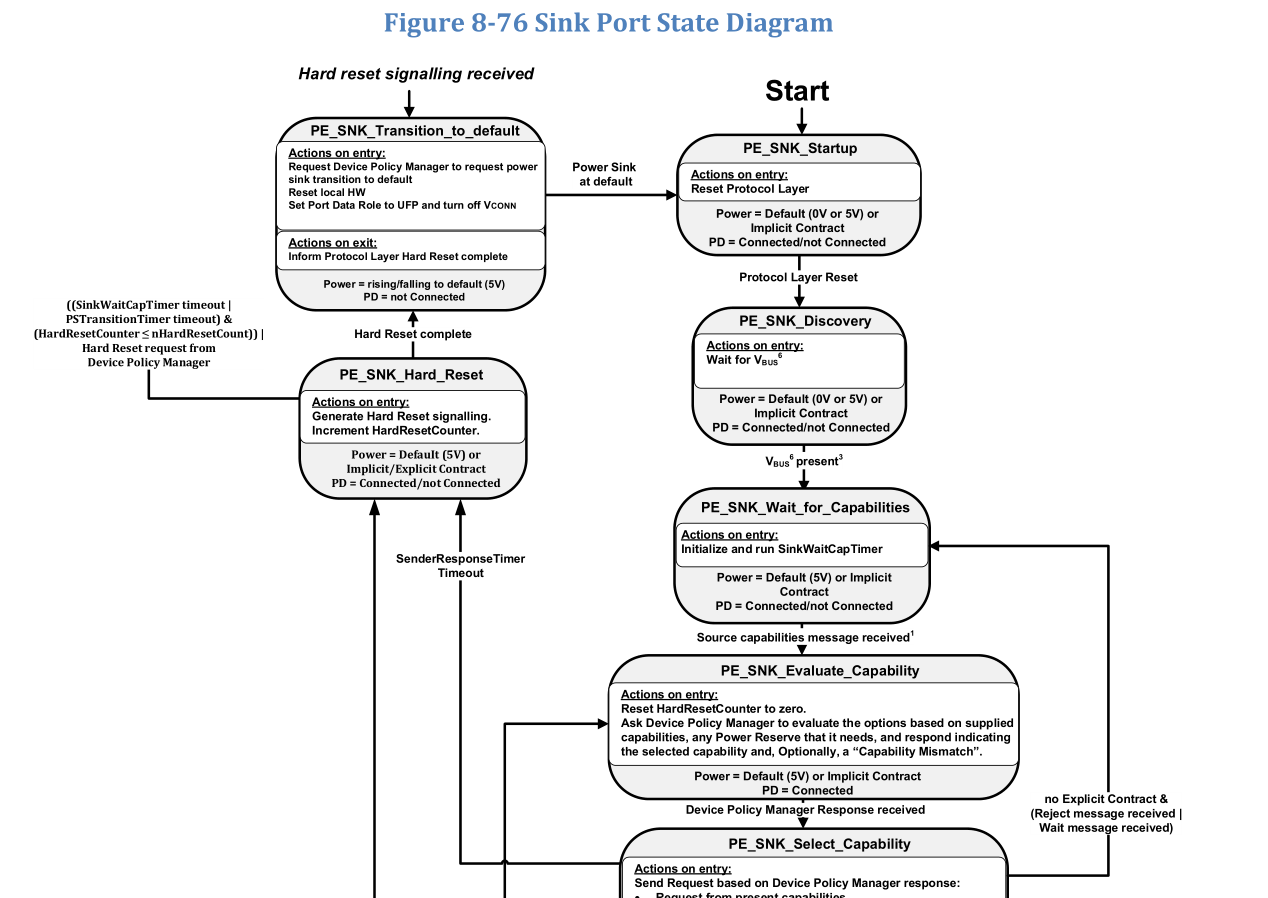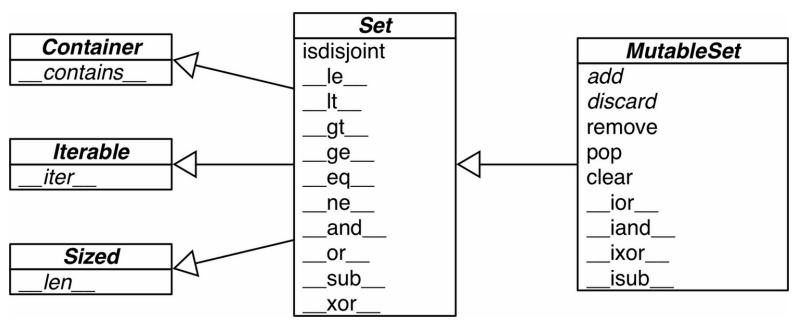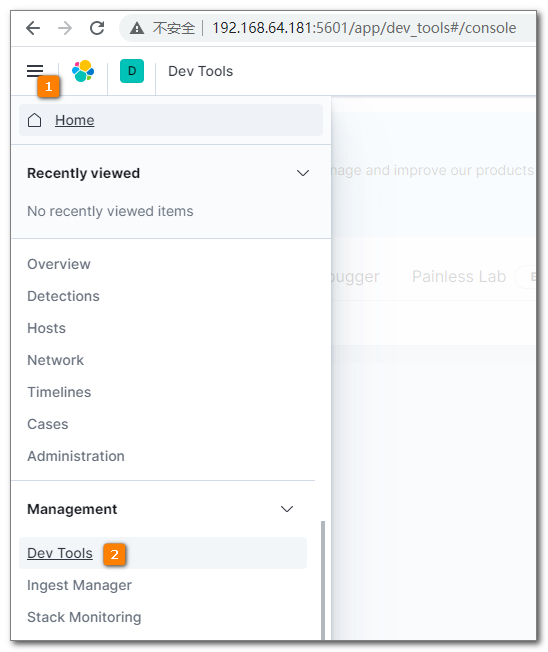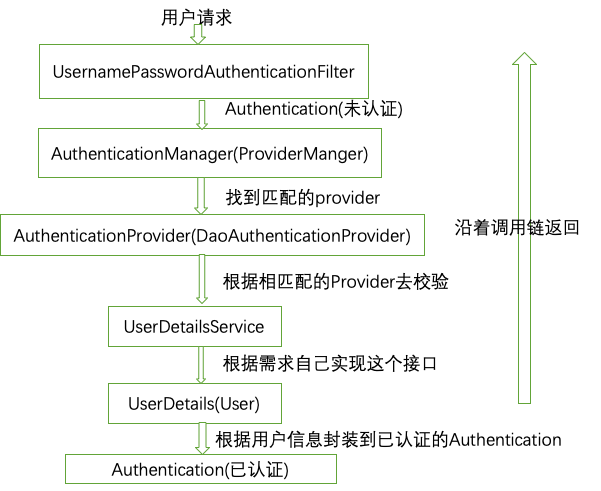Java多线程同步问题:实例演示
在Java中,多线程的同步主要通过synchronized关键字、wait/notify机制和Lock接口实现。
以下是一个简单的多线程同步问题实例演示:
使用synchronized关键字:
public class Counter {private int count = 0;public synchronized void increment() {count++;}public synchronized int getCount() {return count;}}
在这个例子中,我们创建了一个Counter类,它有一个count变量。我们使用synchronized关键字对increment方法和getCount方法进行了同步。
使用wait/notify机制:
public class WaitNotifyExample {private final Object lock = new Object();public void producer() {while (true) {synchronized (lock) {if (count == 10) { // 目标已达到,生产者线程进入等待状态lock.wait();break;} else {count++;System.out.println("Producer: " + count);lock.notifyAll(); // 生产者线程唤醒所有等待它的线程break;}}}}public void consumer() {while (true) {try {Thread.sleep(1000); // 消费者线程每秒执行一次操作} catch (InterruptedException e) {e.printStackTrace();}synchronized (lock) {if (count == 10) { // 目标已达到,消费者线程进入等待状态System.out.println("Consumer: Wait for producer's signal");lock.wait();break;} else {count--;System.out.println("Consumer: " + count);lock.notifyAll(); // 消费者线程唤醒所有等待它的线程break;}}}}public static void main(String[] args) {WaitNotifyExample example = new WaitNotifyExample();Thread producerThread = new Thread(example::producer);Thread consumerThread = new Thread(example::consumer);producerThread.start(); // 生产者线程启动consumerThread.start(); // 消费者线程启动try {producerThread.join(); // 等待生产者线程完成consumerThread.join(); // 等待消费者线程完成} catch (InterruptedException e) {e.printStackTrace();}}}
在这个例子中,我们创建了一个Counter类,并通过wait/notify机制实现线程间的同步。当count达到10时,生产者和消费者都会进入等待状态,直到计数器发生变化。



































还没有评论,来说两句吧...